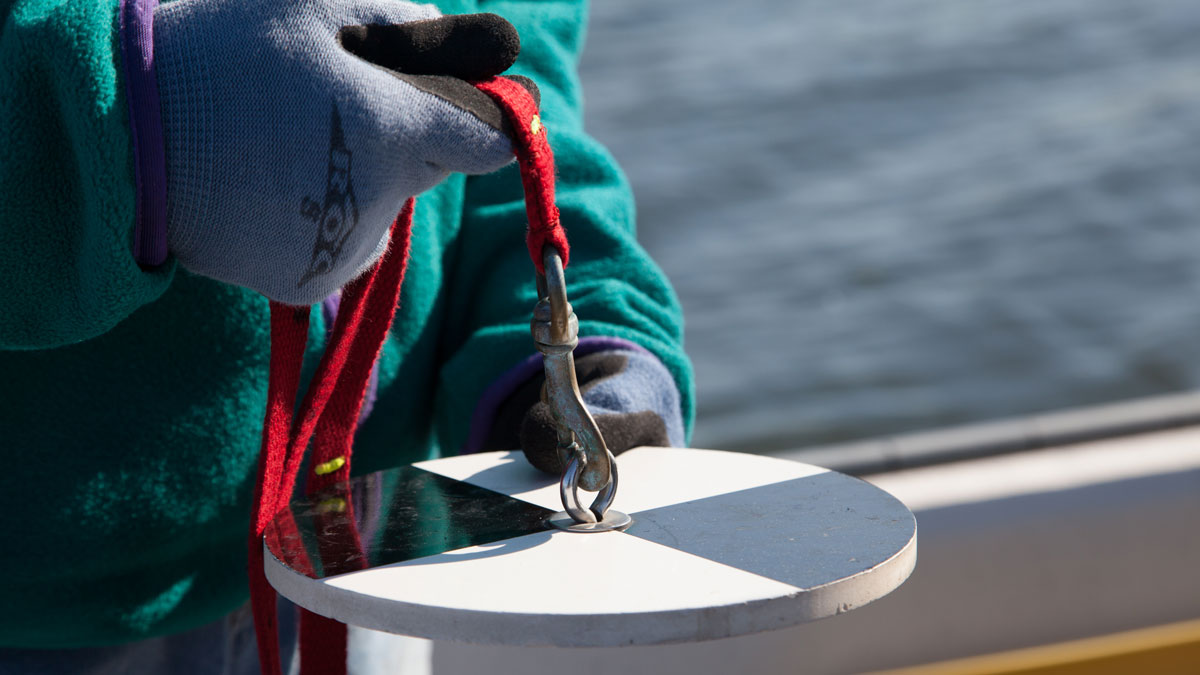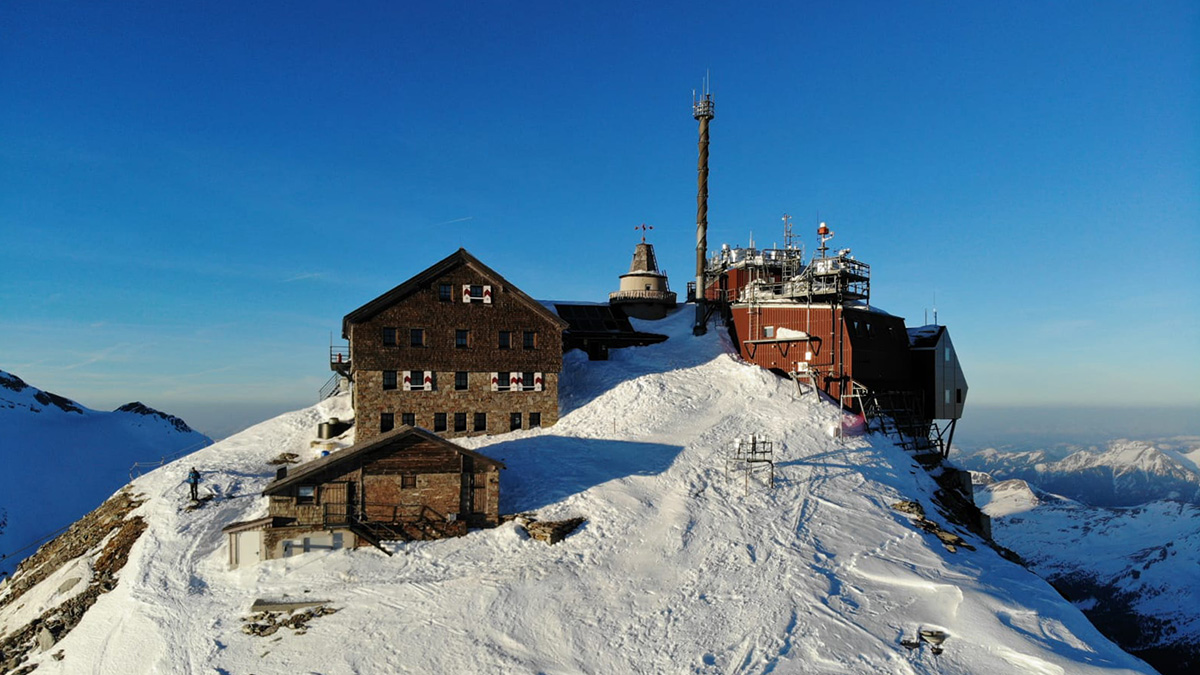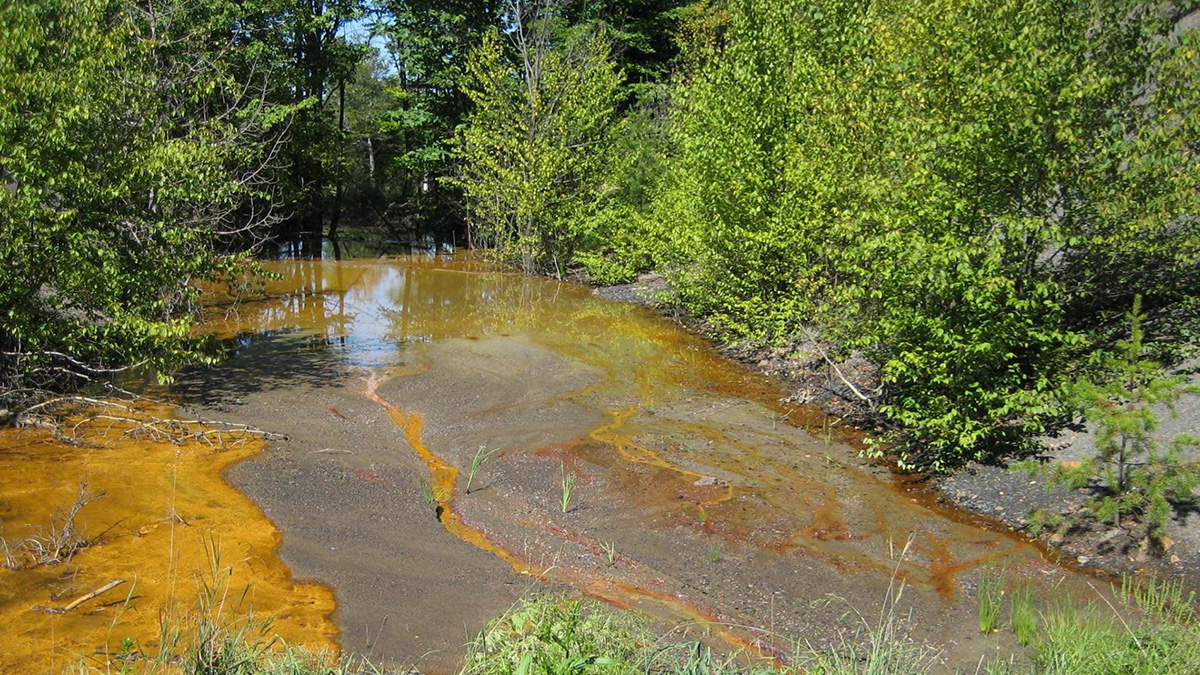A new report supports the idea that underground mines can be transformed into energy storage facilities, adding the possibility of on-demand, carbon-free power to energy grids.
pollution
Jimena Díaz Leiva: Changing Conservation Narratives
Díaz Leiva has been to Peru and beyond as she works on environmental and social justice projects.
The Simple Usefulness of the Secchi Disk
A centuries-old sailor’s hack enters the ecologist’s toolkit.
The Alps Are Dusted with Nanoplastics
A new study finds the lofted pollutants came from major European cities, but further study is required to fully understand the plastics’ transport and deposition processes.
Predicting Discharge Chemistry in Mine-Waste Rocks
Quantifying integrated hydrological processes, biogeochemical reactions, and mineralogical characteristics can help predict water quality and quantity for mine-waste rock piles.
Extracting Rare Earth Elements from Waste with a Flash of Heat
A method called flash Joule heating could offer a more sustainable way to source essential components of electronics from coal fly ash.
A Simple Model Predicts Household Lead Exposure Risk
Using both sample data and crowdsourced science, a new model effectively identified houses at risk for higher concentrations of lead.
Lake Michigan’s Salinity Is on the Rise
Road salt is primarily to blame for the shift, though the water remains within safe levels for now.
New Sensor Aids Rare Earth Extraction from Acid Mine Drainage
Rare earth elements appear in more than 200 consumer products. The race is on to source these elements from abundant and environmentally damaging mining waste.










